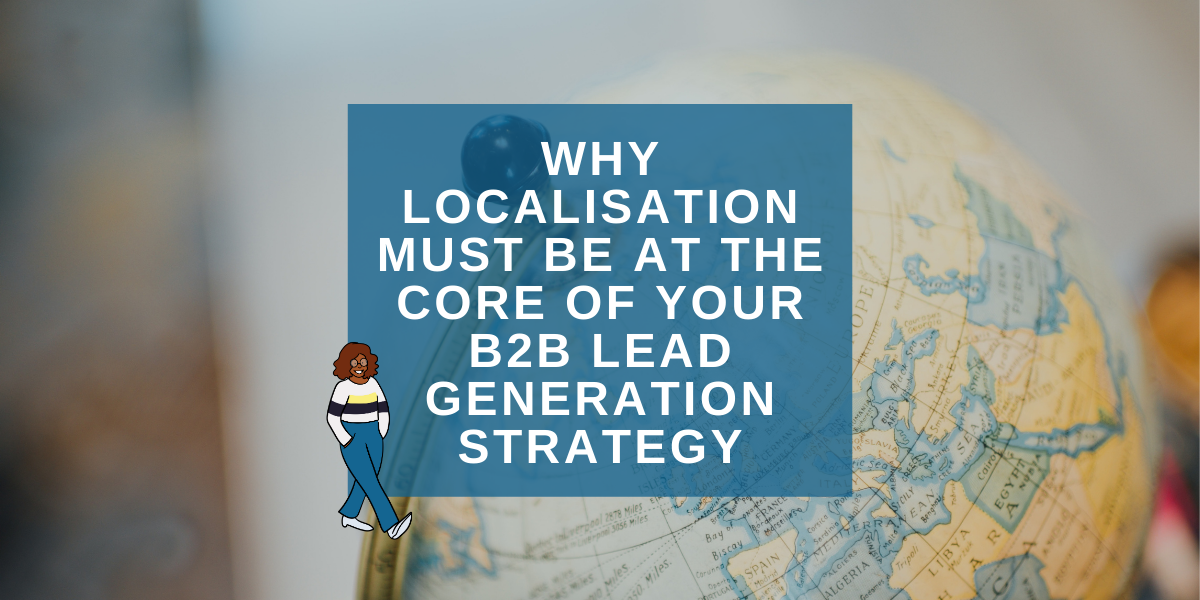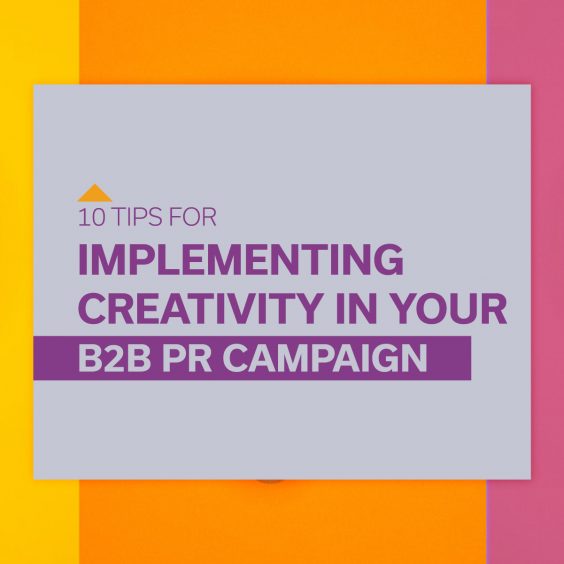B2b lead generation is going through a period of significant change. In early 2020, the world was swiftly inducted into full-time homeworking. Twelve months on, we’re still in our kitchens and living rooms. We’ve swapped face-to-face for screen-to-screen. Tradeshows and events have been cancelled and replaced with eBooks, webinars and all manner of virtual networking opportunities.
In this digital jungle, prospects can prove elusive. More than ever before, you must have an intimate knowledge of who your brand is targeting. Once identified, the competition for their attention – and their trust – is fiercer than ever. You don’t need us to tell you that digital fatigue is real!
If you aren’t already, now is the time to treat localisation as a core element of your lead generation strategy, rather than an afterthought. As you identify, engage and finally convert your prospects, an in-depth knowledge of local markets will set your brand apart.
We’ve asked our global PR network of agency partners – Convoy – for their insights into the nuances and challenges of localisation in b2b lead generation.
Identify
One of the biggest challenges brands face when entering into a new market, is knowing who to target. Local knowledge can prove invaluable in identifying the right prospects, even when simply analysing publicly available data. “Developing personas can be challenging for early-stage companies whose customers are in multiple, often distant, markets,” says Paul O’Leary, director of Pursuit Public Relations in New Zealand. “In relatively smaller companies, roles are more generic and less specialised, making it harder to identify individual prospects.”
It may seem basic, but a lack of understanding of regional nuances in job titles and reporting lines – or even where the decision-makers responsible for procuring your product are based – can derail your lead generation efforts. Nick Leighton of Nettresults, based in Dubai, adds: “In the Middle East, the challenge for b2b brands is that oftentimes the real decision-makers are not based in the region. The local teams may or may not have the power to take a decision and rely on their HQ elsewhere.”
Localising your social listening and media monitoring strategies is therefore crucial to accurately identifying prospects. Unfortunately, you can’t simply rely on insights gained in previous years, since Covid-19 has caused a shift in online behaviour. As a result, 50% of b2b marketers are now experimenting with new channels to tell their brand story, according to a recent WARC and Spotify study.
As Leighton puts it: “Know your target audience. It is critical to understand their digital footprints, their behaviours and expectations. The Middle East is unique from other regions, and even within the region there are differences.”
Engage
Does the following scenario sound familiar? “Due to the pandemic, many companies decided to save money by putting in place their own online events and eBooks. There was a lack of planning and a lot of clutter and noise in the market, with all companies fighting for the same leads. The outcome, as expected, fell way below expectations.”
Vânia Gracio, founder and CEO of Brazil-based Sing Communications, tells a cautionary tale of the dangers of ill-planned content marketing. When done right, it has the power to influence audiences, drive conversations and deliver sales leads. When done wrong, you will waste valuable budget and resources.
Globally, we’ve seen a shift to b2b brands using more emotive messaging to connect with prospects, firmly busting the myth that b2b marketing can’t be emotional. However, localisation is key when trying to connect with a specific audience at a deeper human level – what looks like optimism in one culture may resemble risk in another.
Nettresults’ Nick Leighton puts it this way: “Replicating successful messages from Western Europe into the Middle East sounds like it may work, but from our 20+ years of experience, we know it is more complex and subtle than that. And the same is true for visual assets. Be they images or videos, they have to be localised.”
Convert
So, you’ve identified where your prospects are hiding, and you’ve engaged them with some localised content. But how do you bring them aboard as customers? In our new reality, this requires a culture of driving continuous, data-backed improvements. If there’s one thing the pandemic has taught us, it’s the importance of being agile.
As Caroline Shawyer, co-founder and CEO at the PR Group in Australia succinctly puts it: “Step back and look at the communications machinery you’re using. Who are you talking to? What do they value? How do you activate those values to persuade? Is there anything introducing friction to the process of converting blog visits to sales? You will get better results when you stop applying leeches and start practising medicine.”
Ultimately, brands today must work harder than ever to build connections with prospects across international markets. Gaining a deeper understanding of the target audience, and delivering localised content that truly resonates, is now the aim of the game for any brand that wants to grow globally.
Are you ready to find your prospects – wherever in the world they might be? Our brand-new eBook provides a straightforward three-step process on how to generate leads, outlining the best audience engagement practices and key considerations for pushing prospects through the sales funnel. Download it here.




